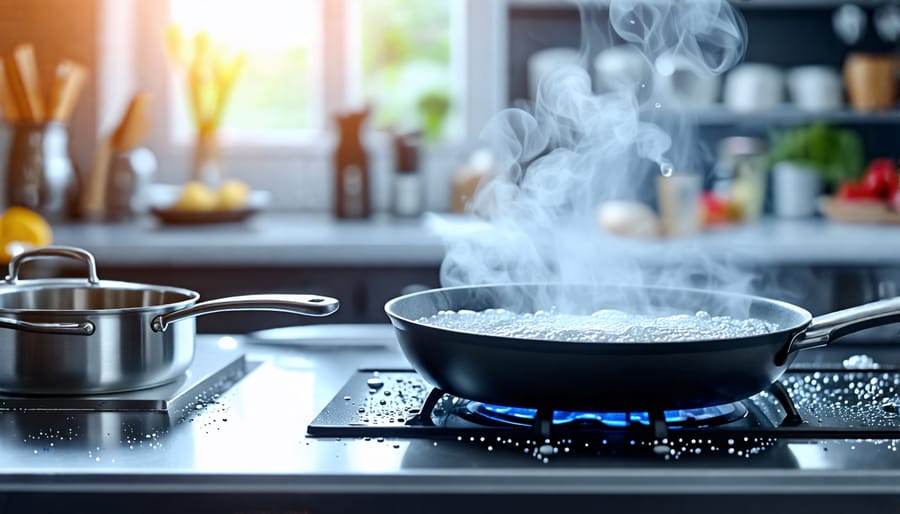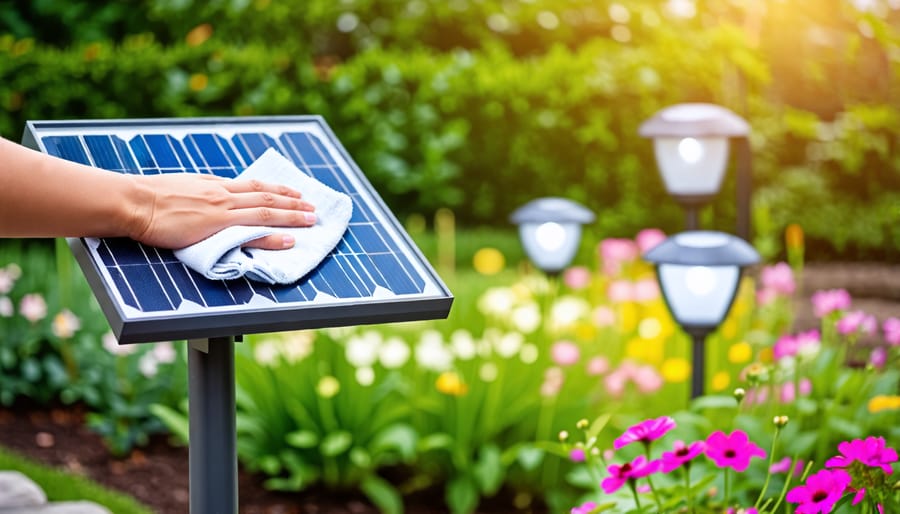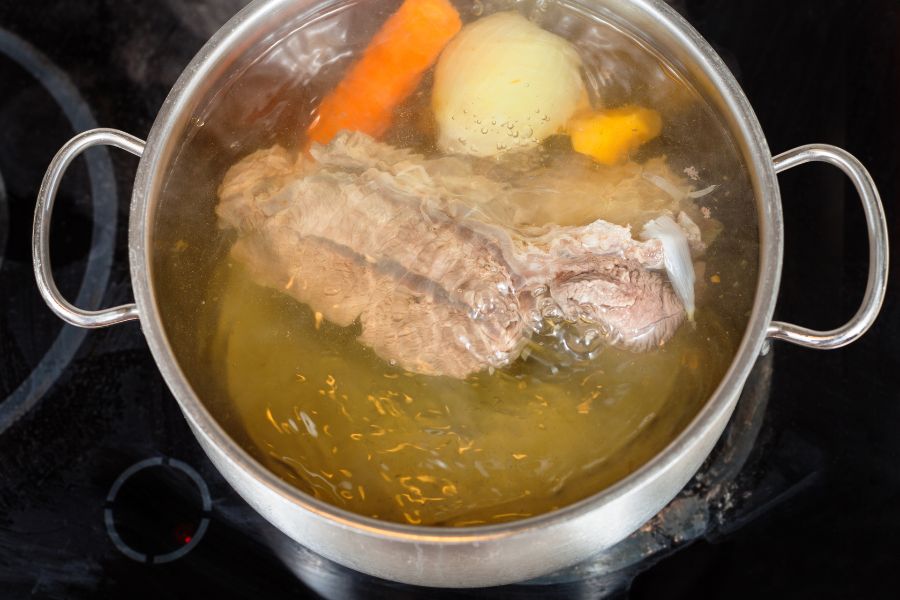Observe the tiny bubbles: Simmering water exhibits small, gentle bubbles that rise slowly, unlike the vigorous, rolling bubbles of boiling water. Maintain a temperature range: Keep the water temperature between 185°F and 205°F (85°C – 96°C) for the perfect simmer, preserving the ingredients’ integrity while allowing flavors to meld. Use a thermometer: Confirm the water’s temperature with a culinary thermometer to ensure it doesn’t exceed the simmering range, preventing overcooking. Distinguish the sound: Listen for a soft, steady noise, as simmering produces a quieter hum compared to the roar of boiling, …
Fix Your Solar Lights in 5 Easy Steps: Revive Your Sensor Now
Diagnose the problem: Check if the solar panel is dirty, obstructed, or damaged. Ensure wiring connections are secure and the battery is properly seated. Determine if the sensor is faulty by covering it to simulate darkness and see if the light turns on.
Clean the solar panel and sensor lens using a soft, damp cloth to remove dirt, debris, or snow that may be blocking sunlight and preventing charging. Avoid harsh chemicals that can damage the surface.
Replace the rechargeable battery if it’s old or no longer holding a charge. Choose a battery with the same voltage and type. Upgrading to a higher capacity battery can …
Revive Your Solar Lights in 5 Easy Steps: A Cleaning Guide
Clean solar lights regularly with a soft brush or cloth to remove dirt and debris buildup that can block the solar panels and reduce charging efficiency. Mix a solution of mild dish soap and warm water, then use a sponge to gently wash the solar panels, light covers, and housing. For stubborn grime, let the soapy solution sit for a few minutes before wiping clean. If your solar lights are not working properly after cleaning, follow these troubleshooting steps to restore their performance.
Supplies You’ll Need
To clean your solar …
5 Fun Science Review Games for Classroom Engagement
As a teacher, finding innovative ways to review crucial concepts with your students can be a game-changer, especially when it comes to complex science topics. Integrating fun classroom review games into your teaching strategy can break the monotony of traditional teaching methods in an interactive and collaborative learning environment.
I want to share with you five science-themed games for your next review sessions. Each game is designed to cater to various aspects of the science curriculum, making difficult topics more accessible and enjoyable for your …
What Does Simmering Water Look Like? A Complete Guide
Simmering is a fundamental cooking technique that falls between a gentle bubbling and a rolling boil. Understanding what does simmering water looks like is crucial for preparing a wide range of dishes and incredibly delicate foods.
Unlike the vigorous activity in boiling water, simmering is a more subdued and controlled cooking method. This technique benefits recipes with slow and gentle heat, such as soups, stews, and sauces. It allows flavors to meld and ingredients to cook thoroughly without the harshness of boiling, which can…





